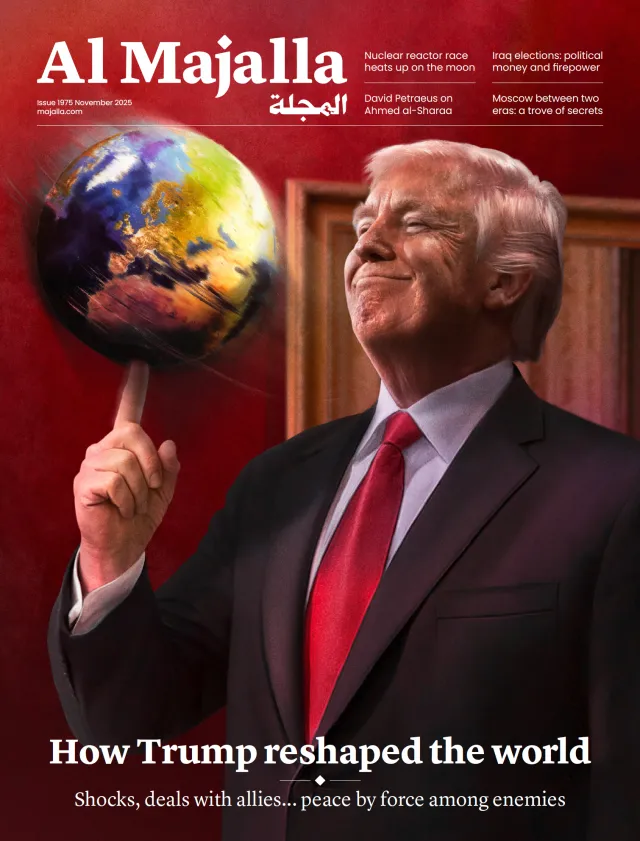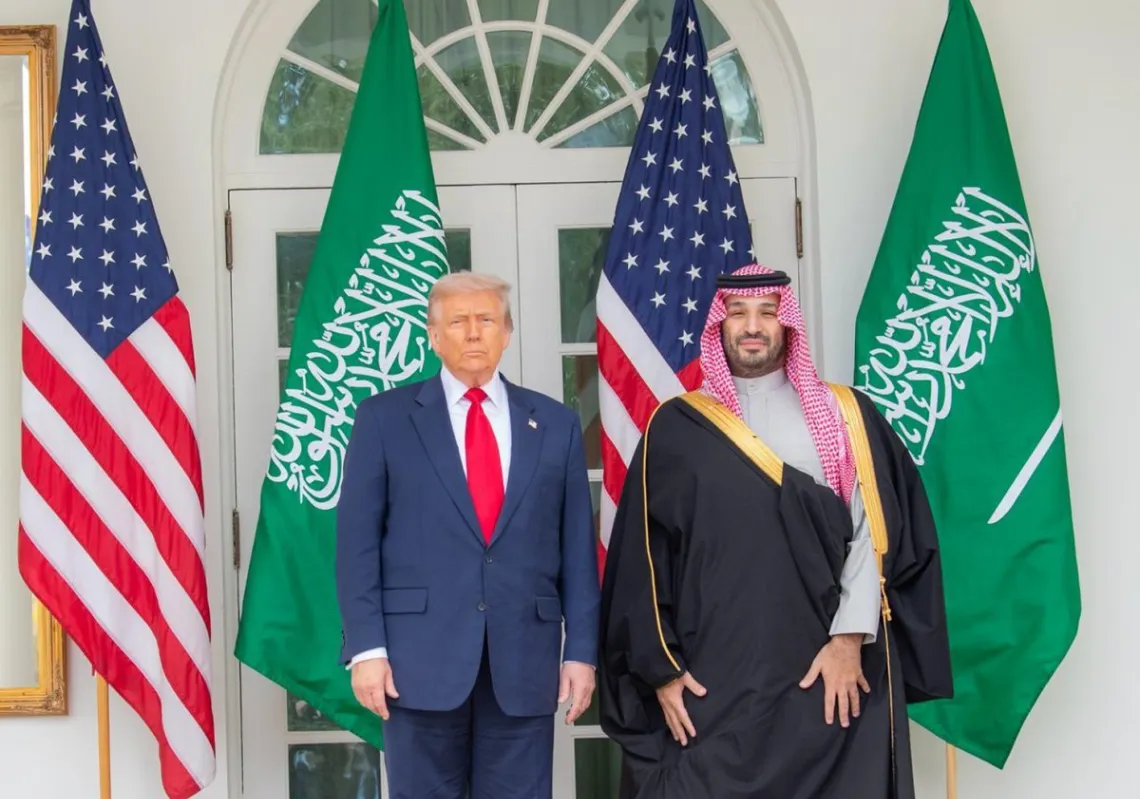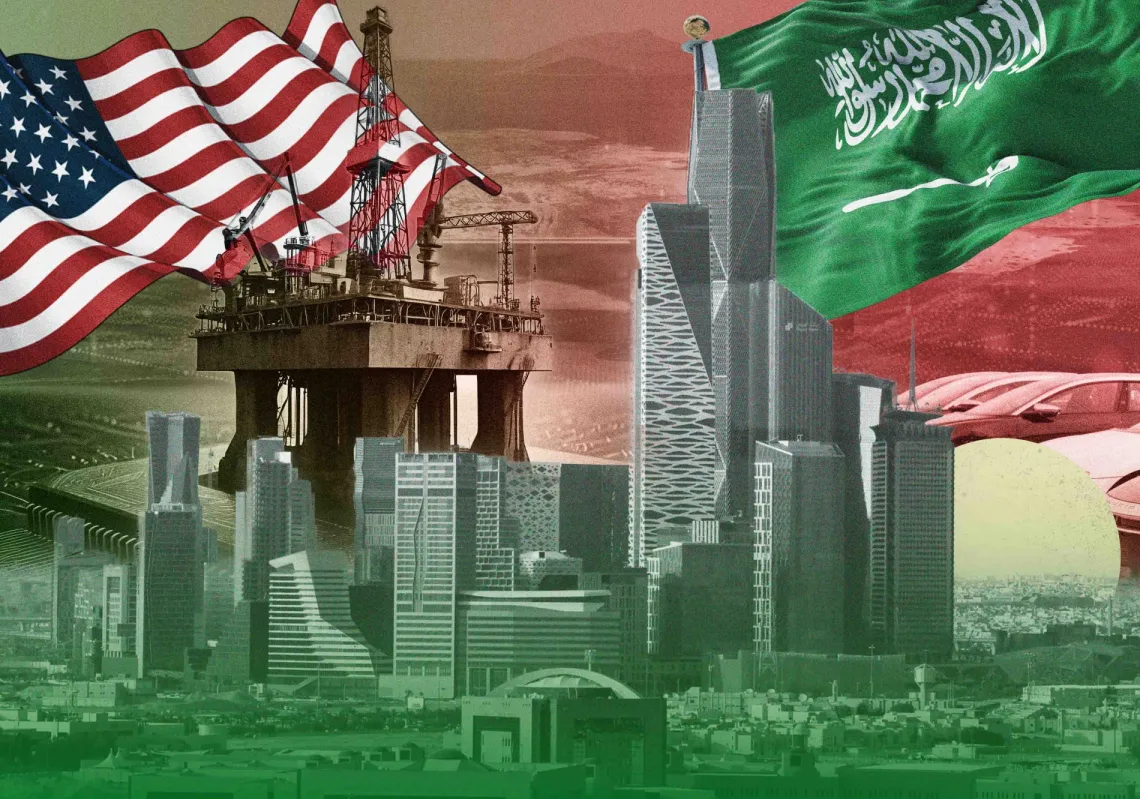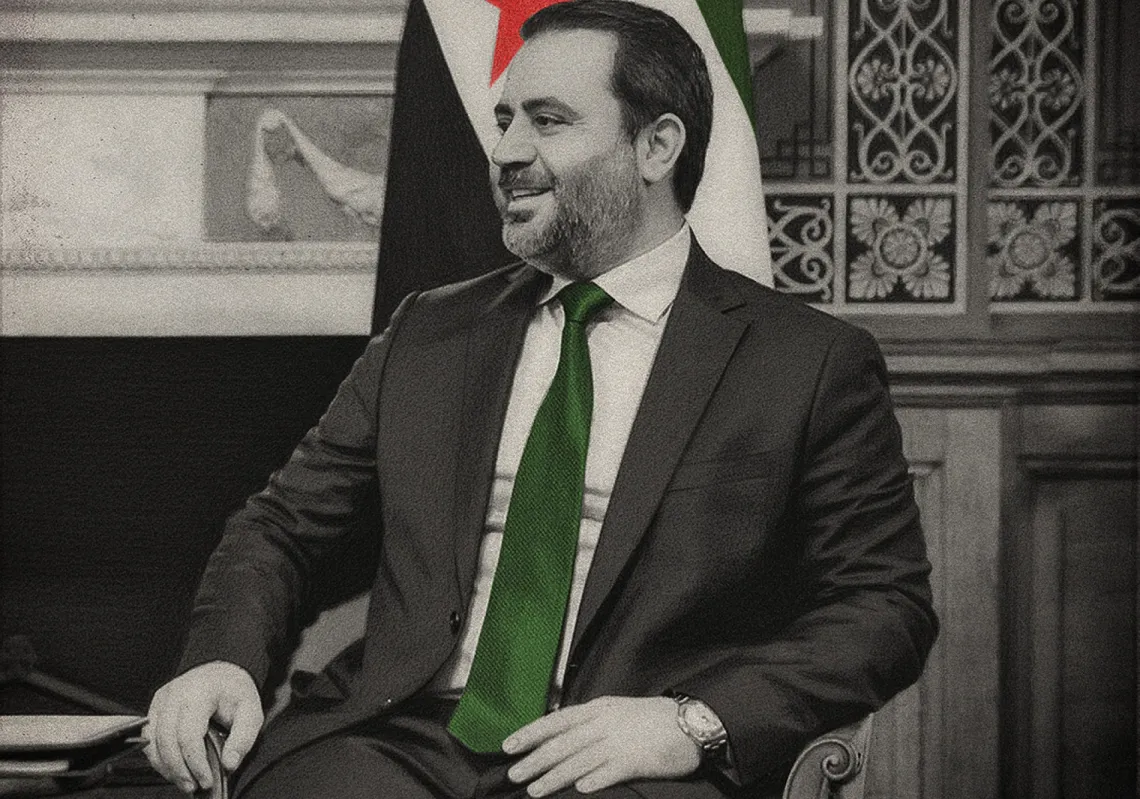Syrian interim President Ahmed al-Sharaa last week announced a new transitional government, nearly four months after he toppled the Assad regime. The appointment of younger ministers and the inclusion of a substantial number of independent technocrats and professionals mark a notable shift from the previous caretaker authorities, which were dominated by Hay'at Tahrir al-Sham (HTS).
While the government’s formation has been welcomed by many, it has also sparked concerns—particularly regarding the negligible participation of women (only one minister) and the backgrounds of some ministers.
Despite its broad acceptance both within and outside Syria, key political actors remain opposed. Kurdish political groups in the northeast and the military council in Sweida, along with other local actors in the governorate, have outright rejected the new government, arguing that it is controlled by al-Sharaa’s inner circle and fails to reflect Syria’s diversity or political plurality.
This rejection is a significant setback for the new president, undermining his recent progress in integrating these regions under his administration. Without compromise, efforts to unify the country peacefully will be severely weakened, deepening divisions and increasing the risk of further instability.
On Saturday, 29 March, the 23-member transitional cabinet was unveiled during a ceremony in Damascus. While HTS and its affiliates retained control of nine ministries, the remaining positions were filled by independent technocrats and civil society figures, offering a mix of professional expertise and community representation.

Among the most notable appointees is Raed al-Saleh, leader of the White Helmets, who was named Minister of Emergency Situations and Disasters. Hind Kabawat, an opposition figure and civil society advocate, was appointed Minister of Social Affairs and Labor.
Amid growing international pressure for an inclusive transition, the new government includes four ministers from Syria’s minority groups—a Christian, a Druze, a Kurd, and an Alawite—one of whom is a woman. While concerns remain, both international and Syrian observers, analysts, and citizens have largely welcomed the announcement with cautious optimism, viewing it as a meaningful step in Syria’s political transition.
Despite this, key actors in Sweida and northeast Syria—the two main regions still outside al-Sharaa’s administration—immediately rejected the new government. The Kurdish-led autonomous administration in the northeast and the Kurdish National Council—the two most influential Kurdish political blocs—declared that they do not recognise the transitional government’s legitimacy or authority.
Meanwhile, in Sweida, opposition was formalised through a statement from its military council, which reportedly includes various armed factions and is aligned with prominent Druze religious leader Hekmat al-Hajari.
Main grievances
While these actors have announced their opposition separately, the reasons cited are strikingly similar. Private conversations with sources close to these groups reveal that the primary grievance is that they were not consulted before the government was formed. They say that without prior discussion on participation and representation, the transitional government does not reflect Syria's diversity or political plurality.












